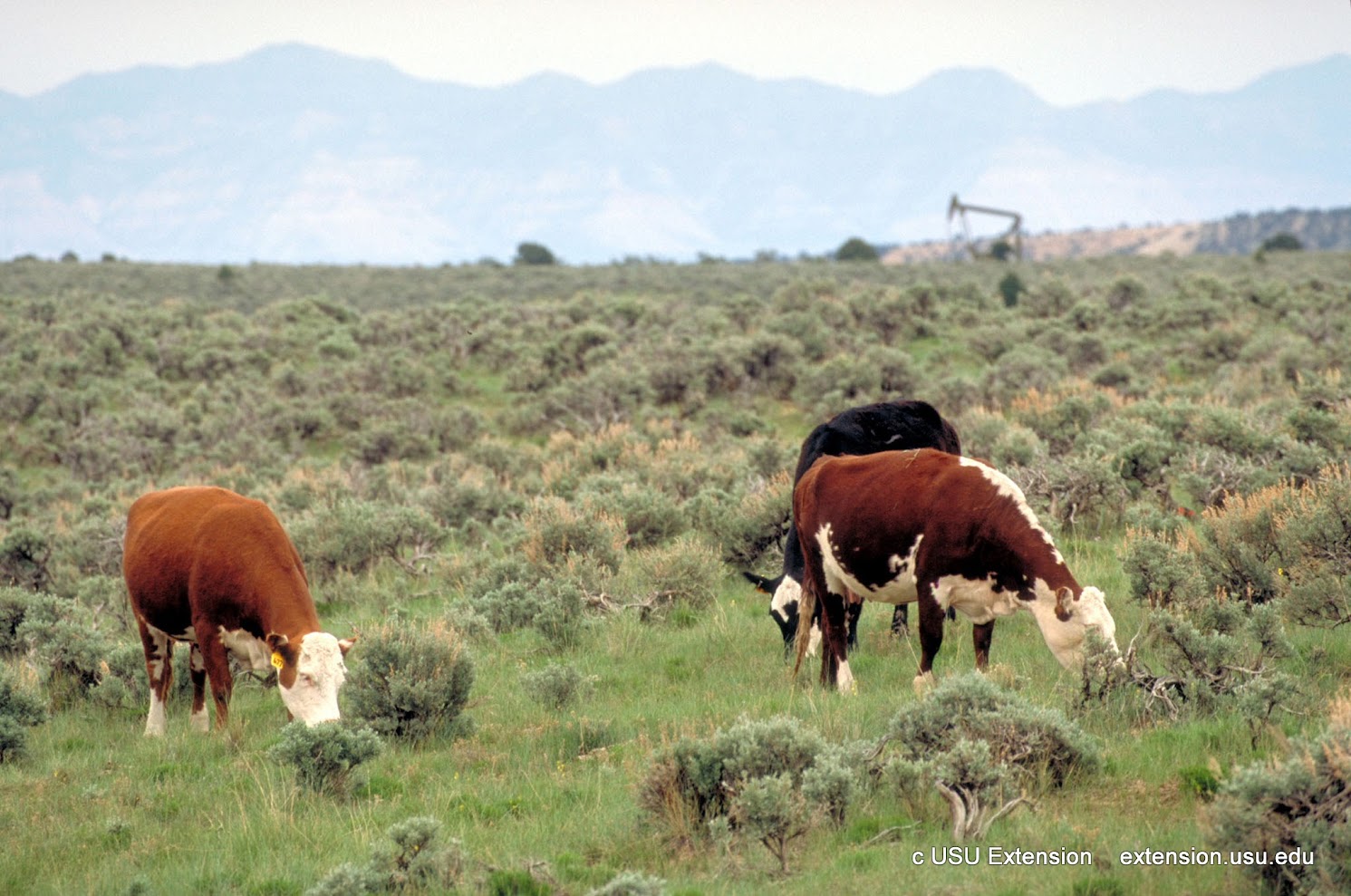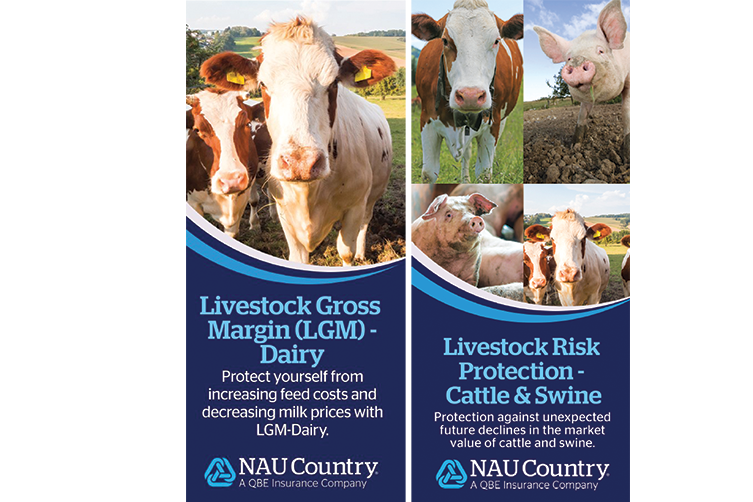Bagley Risk Management Solutions: Your Shield Against Uncertainty
Bagley Risk Management Solutions: Your Shield Against Uncertainty
Blog Article
Understanding Animals Danger Security (LRP) Insurance Policy: A Comprehensive Guide
Browsing the realm of animals threat defense (LRP) insurance coverage can be an intricate endeavor for numerous in the agricultural market. From exactly how LRP insurance policy operates to the numerous coverage alternatives readily available, there is much to reveal in this comprehensive guide that could possibly form the means animals producers approach threat monitoring in their organizations.

How LRP Insurance Policy Works
Sometimes, understanding the technicians of Livestock Threat Security (LRP) insurance can be intricate, but breaking down exactly how it works can give clearness for breeders and farmers. LRP insurance is a danger management device designed to shield animals manufacturers against unexpected rate declines. The plan allows producers to establish a coverage level based upon their particular demands, choosing the number of head, weight array, and coverage cost. As soon as the policy remains in area, if market value drop listed below the insurance coverage price, producers can sue for the distinction. It is essential to note that LRP insurance policy is not an income assurance; rather, it concentrates entirely on cost threat protection. The protection period commonly varies from 13 to 52 weeks, supplying adaptability for manufacturers to choose a duration that lines up with their manufacturing cycle. By making use of LRP insurance, farmers and breeders can alleviate the economic risks connected with rising and fall market rates, making sure better security in their procedures.
Qualification and Coverage Options

When it concerns protection choices, LRP insurance policy offers producers the versatility to select the insurance coverage degree, insurance coverage duration, and endorsements that best suit their risk administration requirements. Protection levels commonly vary from 70% to 100% of the expected finishing worth of the insured animals. Manufacturers can additionally pick insurance coverage durations that straighten with their manufacturing cycle, whether they are guaranteeing feeder livestock, fed cattle, swine, or lamb. Endorsements such as cost threat security can additionally personalize insurance coverage to shield versus damaging market changes. By understanding the qualification requirements and coverage choices available, livestock manufacturers can make enlightened choices to take care of threat properly.
Pros and Cons of LRP Insurance
When reviewing Livestock Threat Security (LRP) insurance, it is necessary for livestock manufacturers to consider the drawbacks and benefits intrinsic in this risk monitoring tool.

Among the primary benefits of LRP insurance coverage is its capacity to provide security versus a decrease in animals rates. This can assist protect producers from economic losses resulting from market fluctuations. Furthermore, LRP insurance policy their website supplies a level of flexibility, enabling manufacturers to tailor coverage degrees and policy durations to suit their particular requirements. By securing in an ensured rate for their animals, manufacturers can much better take care of threat and prepare for the future.
One limitation of LRP insurance coverage is that it does not safeguard versus all types of threats, such as disease episodes or natural calamities. It is essential for manufacturers to very carefully examine their specific danger exposure and monetary circumstance to establish if LRP insurance is the appropriate risk management tool for their procedure.
Understanding LRP Insurance Coverage Premiums

Tips for Maximizing LRP Benefits
Making the most of the advantages of Animals Threat Security (LRP) insurance policy requires calculated planning and positive danger management - Bagley Risk Management. To maximize your LRP insurance coverage, take into consideration the following suggestions:
On A Regular Basis Analyze Market Conditions: Stay notified concerning market patterns and cost variations in the animals industry. By keeping an eye on these variables, you can make educated decisions regarding when to buy LRP protection to shield versus possible blog losses.
Establish Realistic Coverage Levels: When selecting protection degrees, consider your production prices, market price of livestock, and prospective dangers - Bagley Risk Management. Setting reasonable coverage degrees makes certain that you are sufficiently secured without overpaying for unnecessary insurance
Diversify Your Insurance Coverage: Rather of counting exclusively on LRP insurance policy, take into consideration expanding your threat management strategies. Integrating LRP with various other threat monitoring devices such as futures contracts or options can offer comprehensive coverage against market unpredictabilities.
Testimonial and Change Coverage Routinely: As market problems alter, periodically this article assess your LRP protection to guarantee it aligns with your existing danger exposure. Changing insurance coverage degrees and timing of acquisitions can aid maximize your risk defense method. By following these pointers, you can make best use of the benefits of LRP insurance and guard your livestock procedure against unanticipated risks.
Final Thought
To conclude, animals risk defense (LRP) insurance policy is an important device for farmers to take care of the financial threats connected with their livestock procedures. By understanding exactly how LRP functions, qualification and coverage choices, along with the advantages and disadvantages of this insurance, farmers can make educated choices to protect their source of incomes. By very carefully considering LRP premiums and executing techniques to optimize advantages, farmers can mitigate prospective losses and make sure the sustainability of their procedures.
Livestock producers interested in acquiring Animals Danger Defense (LRP) insurance coverage can explore an array of eligibility requirements and insurance coverage options tailored to their particular livestock operations.When it comes to protection options, LRP insurance coverage supplies manufacturers the adaptability to select the insurance coverage degree, insurance coverage duration, and recommendations that ideal match their threat management requirements.To comprehend the complexities of Animals Threat Protection (LRP) insurance coverage totally, comprehending the factors influencing LRP insurance policy premiums is essential. LRP insurance premiums are figured out by different elements, consisting of the protection level chosen, the expected cost of livestock at the end of the coverage duration, the type of livestock being guaranteed, and the size of the protection period.Testimonial and Readjust Coverage Routinely: As market problems change, periodically assess your LRP protection to guarantee it straightens with your present danger direct exposure.
Report this page